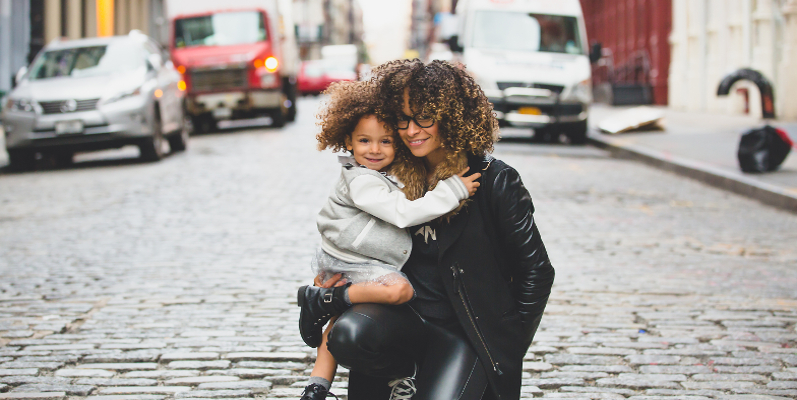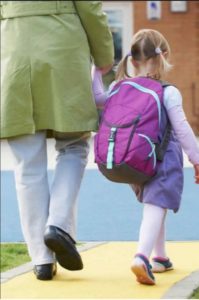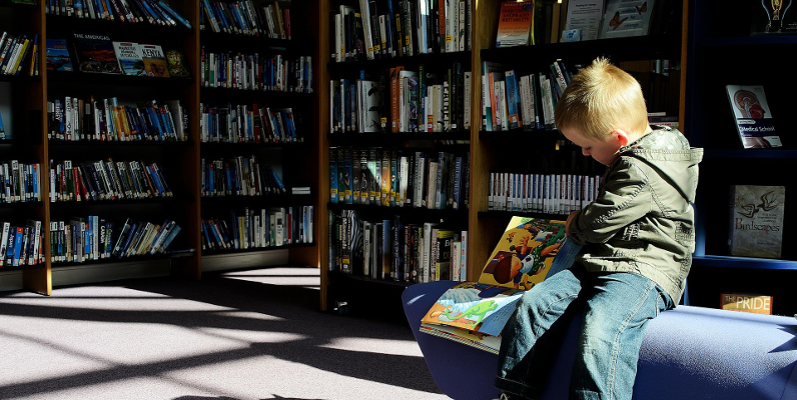This is a repost of a blog entry from a few years ago. I needed to put this back out there again after a difficult encounter this semester where a teacher repeatedly told me how lazy his students were. I know teaching is hard. We have the privilege and responsibility to look at kids with a fresh perspective every day. I hope something here in this repost resonates.
I’ll never forget walking my daughter to school on her first day as a kindergarten student. We lived in Austria at the time and the public kindergarten she was to attend was only a few blocks from our home.
I felt especially anxious because Paige didn’t speak German and the kids in her class didn’t speak English. We’d met her teacher, Tante Elisabeth, and understood that she spoke some English so that Paige would at least have a little language support if she needed it.
One day I went to pick her up and her class was outside. I entered the play yard and could see the students with the teacher. They were gathering in a circle to play a game. I could see Paige and each time she tried to grab the hand of a classmate, they pushed her away. Tante Elisabeth was facing away from me and could not have known I was there. She called out to Paige in English and said that she wanted to be Paige’s partner. Then she repeated what she’d said in German so all the students could hear.
I was crushed watching that scene in the play yard, but so incredibly grateful for Paige’s teacher who acted quickly and modeled for her students what it meant to extend kindness.
What I saw and experienced on that day changed me. I’d taught school for a few years before we left the States and moved to Austria and I can tell you that when we returned to America after seven years and I was given my own kindergarten classroom, I was a different teacher than I’d been before.
I learned three essential truths about seeing students as real people over the next decade and half as I taught in kindergarten through fourth grade classrooms. Just because students are children does not mean that they don’t deserve the same respect and honor I work hard to give the adults in my life. Kids are people, too.
Be Vigilant about Getting to Know Your Students
Asking students about their life outside the classroom gives you incredible insight into who they are as individual people. I learned a long time ago not to ask kids to tell me about their mom, dad and siblings. So many kids today live in unique family settings. Not every child lives with biological parents and siblings.
I found that it’s much better for me to get to know my kids by saying, “Tell me who lives with you.” I also asked often what kids ate the previous night, what they did with their weekend or how they loved to spend their “away from school” time. Those simple inquiries gave an abundance of information that helped me to know my kids.
Over the years I’ve been able to find out about individual kids who needed food assistance or were experiencing a family crisis, as well as learning about siblings’ or other family members’ accomplishments that we could celebrate as a classroom community.
I must confess that I was pleasantly surprised at the return on this simple act of getting to know my kids. Each one of my students (and there were a lot of them) became like a small gift to be unwrapped; an absolute treasure.
Be Reflective About the Tone in Your Classroom
It seems simple, but I made sure to ask myself one pointed question almost daily, “Would I have wanted my own biological children (or nieces and nephews) to be a student in my class that day?
My answer to that question on some days was disquieting. On occasion, the climate in my classroom that day fell far short of the nurturing, respectful, supportive place that I aspired to create for students.
Frustration at behavior issues or even exasperation about things going on outside the classroom crowded in and affected my ability to make the day about joyful learning, wonder and curiosity for all the little people in that room.
Daily reflecting on how I’d made the classroom environment as emotionally safe as possible for everyone gave me the opportunity to “grade” myself and work to make changes that would foster emotional and academic growth for all my kids.
Be Accommodating to Meet Unique Needs
Thanks to my own experience as a parent of a child learning a language and academic content in a foreign country for seven years, I became acutely aware of my own students’ distinctive needs.
All of our daughter’s school experiences were not as heart-warming as the one I described earlier. Once she entered elementary grades the teacher Paige had was not as empathetic as her kindergarten teacher had been. And to add to the trauma her teacher looped with her for the next two years. There were days with lots of tears because her teacher insisted that the work Paige turned in to her look as if she were a native German speaker.
That experience taught me that a little compassion and understanding goes a long way.
I learned over the years to make accommodations for students who needed extra support in the learning environment. The curriculum did not change, nor did my expectations for their role and their level of accountability in our learning community, but I felt it was my responsibility as the adult to make the environment one in which all my students could succeed.
I want to share one recent example as I coached a new teacher that shows the simple ways in which we can provide allowable accommodations. I was in an early grade classroom on the day of a short spelling assessment last week.
One student in particular was becoming more agitated as the teacher called out words for students to spell on their half-sheet of paper. The teacher and I both tried to support by encouraging him to use strategies we knew he had experienced earlier in the week.
Nothing helped. His anxiety turned into a full-blown meltdown. I left the room to go to a meeting but couldn’t stay focused—I was too distracted by my worry over the student I’d just left behind in the classroom. The whole afternoon I tried to figure out ways that we could create an environment where he could still show us what he knew, but in a much less stressful setting.
I met with the teacher the next day and suggested we prepare his assessment with word choices so as she calls out the spelling word, he simply circles the correct word. We discussed that this would be a temporary scaffold as we want him to be able to encode as well as decode in order to grow him as a strong reader and writer.
Kids are people with unique experiences, needs and aptitudes. Just as I wouldn’t think of being disrespectful to my educator peers when they need a little extra understanding, I shouldn’t allow myself to lose my cool with students.
It’s wise to spend as much time thinking about the emotional climate of the classroom as it is to prepare for the academic content. Kids are people, too, and they deserve the very best we have to offer.
Every day and in every way.











